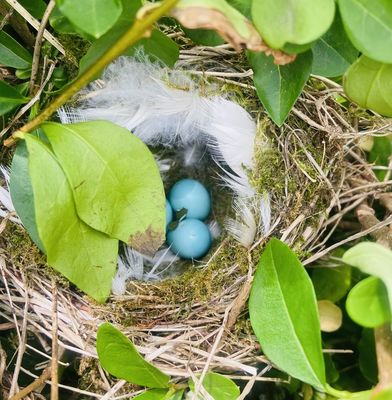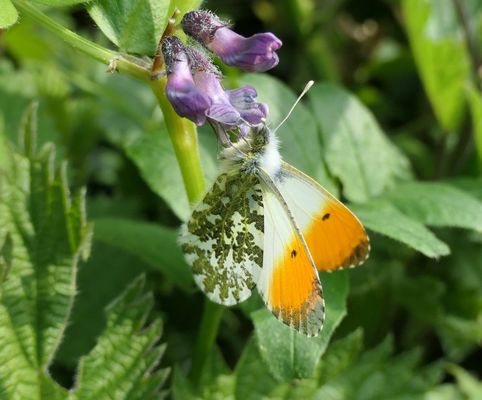NATURE always has the final say, the last laugh.
No matter how grand the building or how thick the concrete on our roads, as soon as we turn our backs, nature creeps back in.
This house on the Limestone Road in North Belfast is the perfect living example of the relentless power of nature.
There are so many plants growing around it, out of it and on it, that it’s hard to know if it could ever be salvaged.
And what a grand house it must have been in its heyday, sitting proud on this famous road. Dúlra can only guess that it became another victim of the Troubles, situated as it is on an interface at the corner of Hallidays Road. Could it have been abandoned in the 1970s?
Dúlra has passed it occasionally over the years, and each time he marvels at how nature has gradually got the upper hand. If it can do that in 50 years, it’s no wonder whole civilisations can be lost under forests and soil.
This week he stopped for a closer look. The trees and bushes are so dense that you can’t get near the front door. Giant buddleia bushes are growing in the front ‘garden’ and ivy is inching over everything like a gnarled hand.
Plants had managed to seed inside the house and were stretching back out through the broken windows in search of the sun. The gutters’ days were numbered such was the weight of the thick tufts of grass that had gathered in them. And at the very top was the jewel in the crown – a tree is actually growing from the chimney pot, swaying in the wind like yet another territorial flag, only this one was for nature itself.
Some passers-by might look on in sadness at the demise of a once-great home, but Dúlra sees something different. He sees hope, not for people, but for the natural world.
It’s a reminder that we’re just passing through. This land – even this city – really belongs to nature.
• Forget about the falling leaves, the real sign of the turn of the seasons is the arrival of migrating thrushes. Most people won’t notice them because from a distance or in silhouette they look just like our garden blackbirds or song thrushes.
But this week Dúlra opened the back door and startled four of them from the roof. He didn’t get to see any markings, but he knew immediately what they were: redwings.
They’ll have already come all the way from Denmark or Norway, so they’re just passing through on a journey with no ultimate destination. And that’s how you know they’re migrants – they’re so wound up and jumpy because they’re in a strange land.
At the slightest danger they’ll take off and fly for maybe another five miles before touching down. You barely get the chance to raise your binoculars before they’re off once more.
So you’ll rarely get to see their markings. But by their deeds you will know them – no Irish thrush will ever be that nervous. Native Irish birds happily nest in our gardens and parks knowing they only have to look out for a passing cat. The migrant birds are in a strange land – probably for the first time – and for the next five months they’ll face a life-or-death struggle. Our other migrant thrush is the fieldfare, which is clearly bigger.
And so as the four redwings – deargán sneachta or reds of the snow in Irish – darted from the rooftop and out towards the Belfast hills.
Dúlra knew that summer was over. It’s time to batten down the hatches, to gather up stuff for the fire and plan some winter stew.
• If you’ve seen or photographed anything interesting lately, or if you have any nature questions, you can text Dúlra on 07801 414804.





